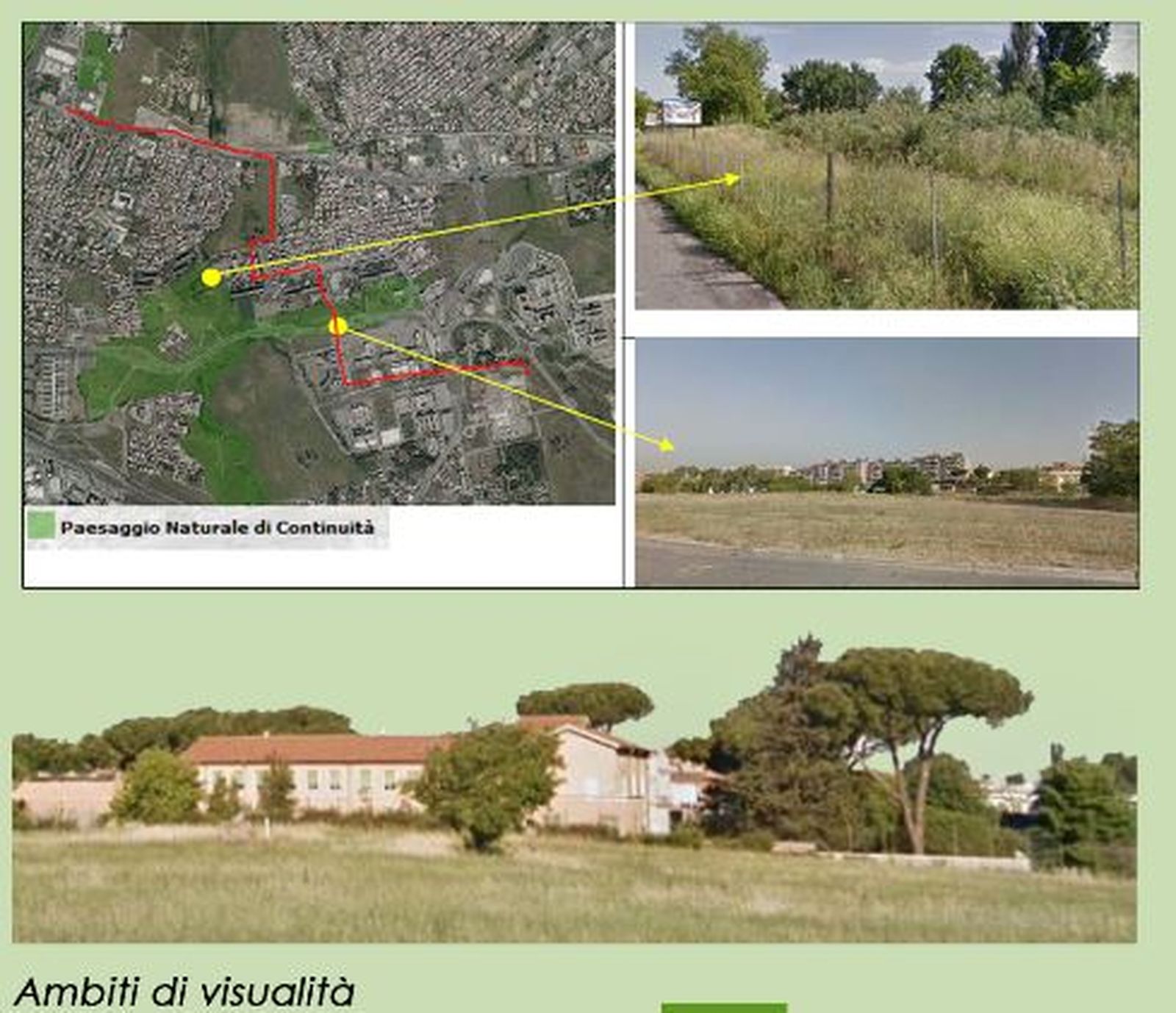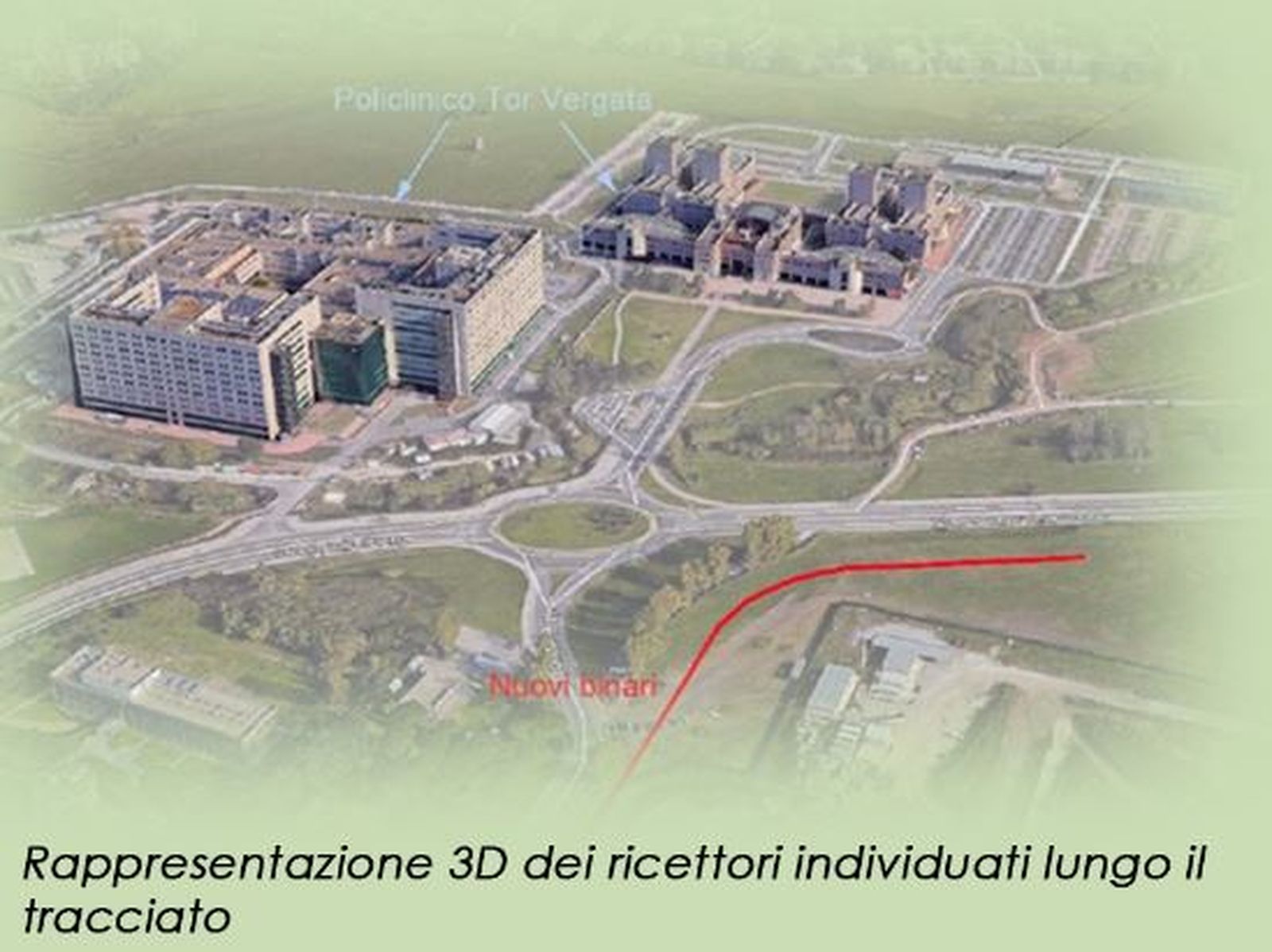Project Details
Environmental pre-feasibility study for the technical-economic feasibility project of the Giardinetti Line- Tor Vergata. Municipality of Rome (RM)
PROJECT DESCRIPTION
The Environmental Pre-feasibility Study was developed as an integral part of the Technical and Economic Feasibility Project related to the infrastructure, for the public transport strengthening (called “Termini Line – Tor Vergata” which is included in the list of works defined as “milestones” – Decision n. 113/2017). As part of the projects identified by the City Council of Rome Capital, as infrastructure “invariants” in drafting Urban Plan of Sustainable Mobility (PUMS).
The project consists of the construction of about 3,600 meters of tramway line to extend the existing line, from the current terminus in the Giardinetti area to the university of Tor Vergata, with 8 new stops. The route develops in the sud est area of Rome city, , in a portion of predominantly urbanized territory, characterized by more residential buildings and the university of Tor Vergata The route develops in the south-eastern quadrant of the city of Rome
In undeveloped spaces there are residual agricultural areas, which occupy a much smaller area than the building fabric. some of these are being transformed others are incorporated into the urban fabric. The remaining agricultural areas, which are formed as margins of landscape with free view, come into contact with the built and existing infrastructure.
PROJECT CHARACTERISTICS
The study of environmental pre-feasibility was developed in order to characterize the environmental conditions present in the territory involved in the implementation of the project, to identify any disturbances generated by the implementation and operation of the intervention in its final configuration, as well as to indicate the management and/or mitigating measures that are necessary to optimize the inclusion of the works in the context concerned.
In the environmental component,
the approach followed has previewed the definition of the normative framework of reference and the successive description and analysis of the state of quality anteoperam (preexisting to the realization of the participation). The comparison between the peculiarities of the environment and the characteristics of the work in project has allowed to identify the potential impacts that the project may induce on the components examined, both at the stage of construction and in operation.
The following can be summarised as follows:
• Analysis of the planning and binding framework;
• Analysis of route alternatives;
• Description of the project and the construction phases;
• Analysis of pre-existing quality status of individual components and environmental factors;
• Identification of mitigation measures and minimisation of impacts.



